Remember when technology wasn’t constantly shouting for your attention through five different devices simultaneously? The 2000s—that magical era when having a flip phone made you the coolest person in the room and “social media” hadn’t yet evolved into the attention-devouring beast we now voluntarily feed our lives to. This digital archaeological expedition unearths 20 technological fossils that once ruled our lives before being unceremoniously tossed into history’s junk drawer. Want to flex your adaptability muscles? Spot a technology that’s currently circling the drain and contemplate what will inevitably replace it (spoiler alert: it probably connects to your Wi-Fi).
20. BlackBerry Phones

Picture executive boardrooms circa 2007—every power suit accompanied by the sweet symphony of thumbs frantically clicking away on tiny QWERTY keyboards. BlackBerry devices weren’t just phones; they were status symbols that screamed “I’m too important to wait until I reach the office to send this urgent email about quarterly projections.” At their peak in 2011, these business-person pacifiers commanded 14% of the smartphone market with over 50 million users collectively developing “BlackBerry thumb.”
The tactile keyboard—responsive as a freshly caffeinated court stenographer—created a typing experience so satisfying that some former users still wistfully stroke their iPhones while whispering “it’s just not the same.” Apple and Android burst onto the scene like the cool new exchange students at smartphone high school, and by 2022, BlackBerry had officially tapped out of the hardware game.
19. Xanga
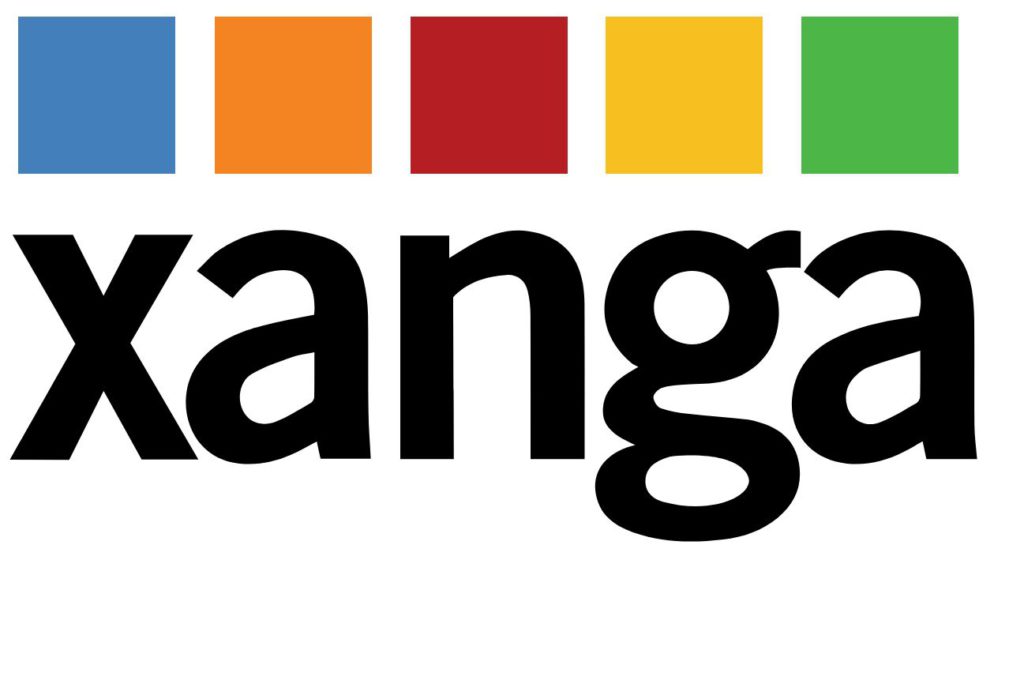
Before your aunt was sharing conspiracy theories on Facebook, teenagers were pouring their souls onto Xanga pages decorated with enough animated GIFs to trigger seizure warnings. This blogging platform became the digital diary of choice for millions between 2000-2010, offering customizable themes that let users express their innermost feelings through neon text on black backgrounds.
At its height, Xanga boasted over 30 million users expressing their individuality in exactly the same way—through cryptic song lyrics, vague references to school drama, and tilted-head selfies. The platform’s “eProps” feature (likes before likes were cool) allowed friends to acknowledge your emotional poetry about unrequited crushes without the burden of actually commenting. A 2013 crowdfunding campaign attempted to resuscitate the platform, but proved about as effective as using a flip phone in 2025.
18. Google Reader
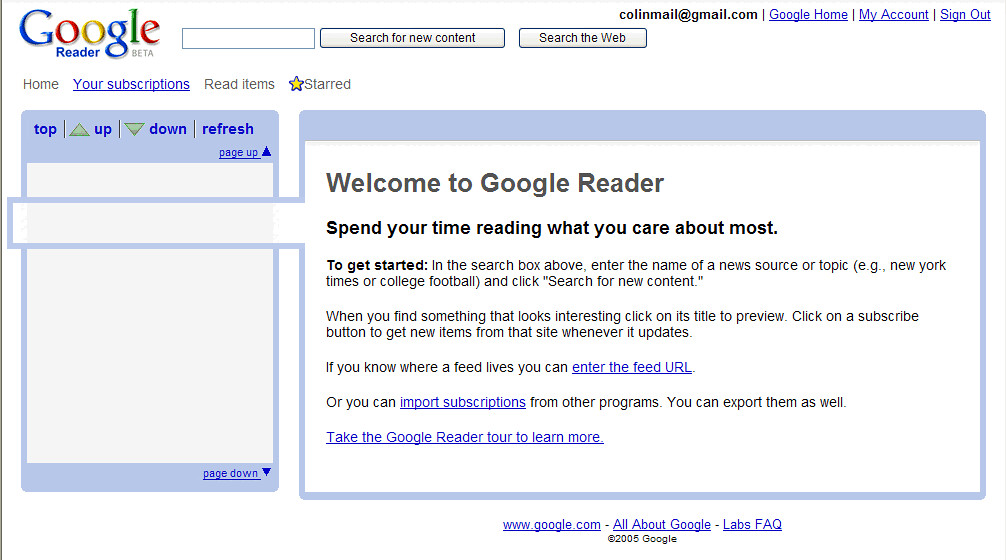
Pour one out for Google Reader, the internet’s most efficient buffet line for content consumption that Google euthanized in 2013 like a perfectly healthy pet because it wasn’t winning enough dog shows. This RSS feed aggregator was the Swiss Army knife for information junkies, displaying new articles from subscribed websites in a clean, chronological feed uncontaminated by algorithmic manipulation.
Over 70% of RSS users relied on Google Reader to organize their daily internet intake—allowing them to follow hundreds of sources without drowning in a sea of bookmarks. When Google announced its execution—sacrificed on the altar of Google+, arguably the least successful social experiment since prohibition—users organized protests and petitions with hundreds of thousands of signatures. Google, displaying all the emotional sensitivity of a particularly unfeeling rock, pulled the plug anyway.
17. Motorola Razr V3

The Motorola Razr V3—the supermodel of flip phones—strutted onto the scene in 2004 with its impossibly slim 0.54-inch profile and aircraft-grade aluminum body that made plastic phones look like they’d let themselves go. This wasn’t just a communication device; it was technological jewelry that made hanging up on someone a dramatic physical experience rather than an unsatisfying screen tap.
Motorola sold a staggering 130 million units between 2004-2008, proving that humans will absolutely pay premium prices for the satisfaction of snapping a phone shut to end an uncomfortable conversation. In the ultimate “everything old becomes new again” twist, Motorola has since revived the Razr brand for foldable smartphones that attempt to bottle the original’s lightning using flexible screens that cost more than your first car.
16. Personal Digital Assistants (PDAs)

Before smartphones consolidated our digital lives into pocket-sized attention vacuums, PDAs roamed the earth like specialized digital creatures from a more civilized age. These dedicated devices—with names like Palm Pilot and Pocket PC—focused primarily on organizing your life without the constant distraction of notifications.
By 2002, over 10 million people were poking at Palm Pilots with styluses, meticulously entering calendar appointments with a special alphabet that looked like hieroglyphics designed by drunk accountants. PDAs began their extinction event around 2007 when smartphones started absorbing their functionality like digital black holes, proving once again that convenience will always triumph over specialization.
15. Friendster
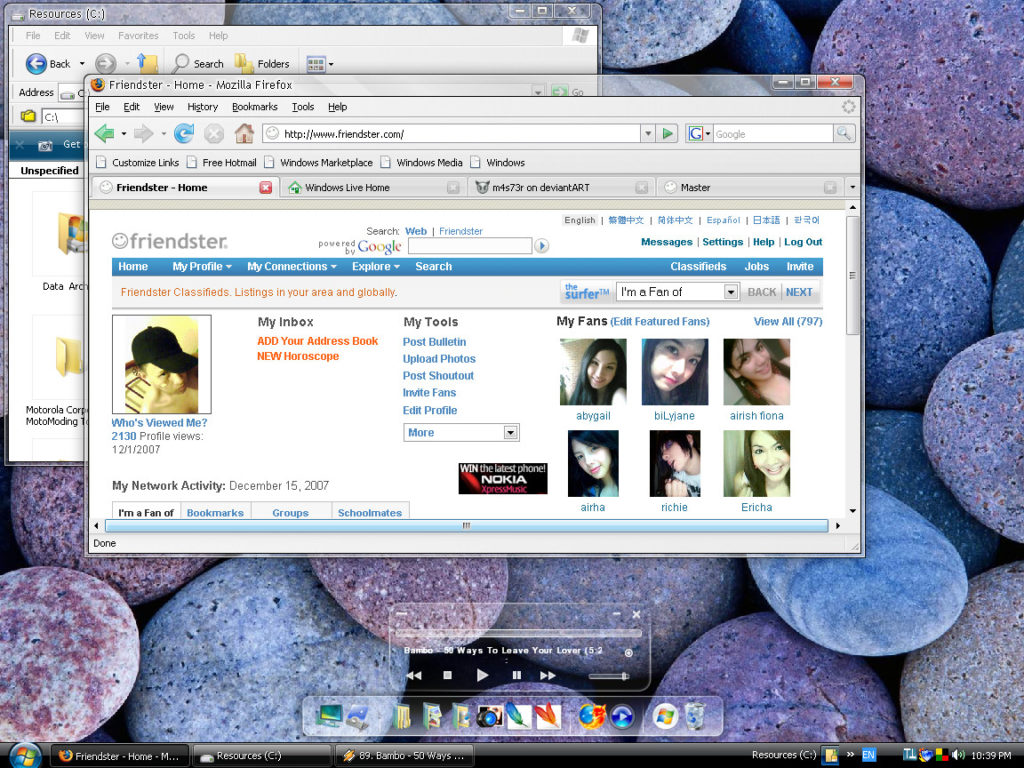
Before Mark Zuckerberg was collecting user data like some people collect stamps, Friendster was teaching us how to overshare with strangers online. Launched in 2002, this pioneering social network introduced revolutionary concepts like “having a profile” and “connecting with friends”—mind-blowing innovations that would later become as fundamental to internet life as questionable privacy policies.
Friendster exploded to over 115 million registered users by 2008, particularly dominating Southeast Asian countries. Unfortunately, Friendster’s servers handled increased traffic about as well as Los Angeles freeways handle rain. In 2011, the platform attempted to reinvent itself as a gaming site, a pivot about as successful as trying to turn a cruise ship into a race car. Friendster finally shut down completely in 2018, joining the social media graveyard alongside MySpace and Google+.
14. Club Penguin
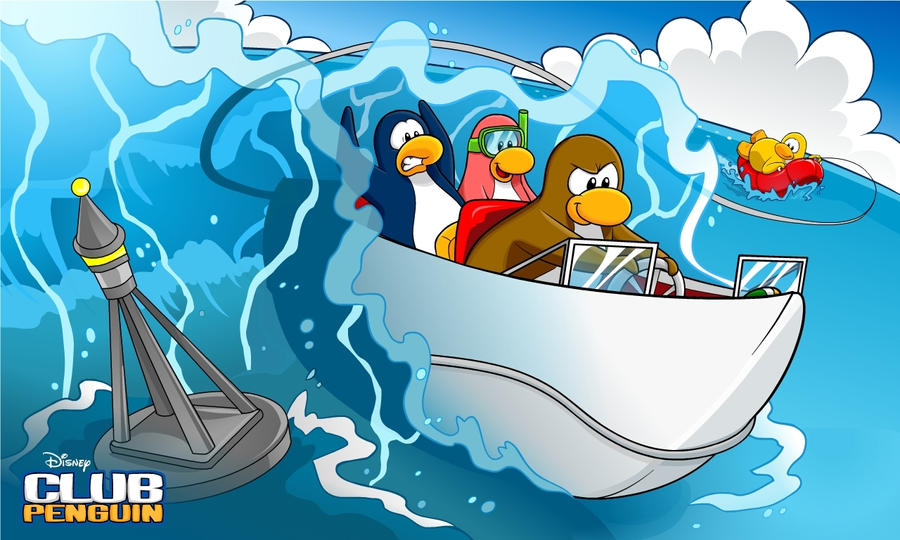
Long before parents panicked about Fortnite, they were watching their children become emotionally invested in cartoon penguins with surprising shopping habits. Club Penguin created a snow-covered virtual world where kids controlled customizable penguin avatars that could play mini-games, decorate igloos, and chat through a heavily moderated system.
The platform experienced meteoric growth, attracting 30 million registered accounts by 2007—impressive numbers that caught Disney’s attention and led to a $350 million acquisition. Under Disney’s watch, Club Penguin expanded to over 200 million registered accounts by 2013, creating an entire generation of children who learned that digital furniture costs actual money. Disney shut down the original Club Penguin in 2017, and the mourning process involved more genuine tears than most adults would care to admit.
13. Blockbuster

For anyone born before 2000, “Netflix and chill” was originally “Blockbuster and commitment issues,” as renting a movie required physically traveling to a blue-and-yellow retail location and making a decision you’d have to live with for at least 24 hours. At its 2004 peak, Blockbuster operated over 9,000 stores worldwide—each one a Friday night destination for family arguments over movie selections.
The company’s leadership infamously declined an opportunity to purchase Netflix for $50 million in 2000—a business decision that ranks somewhere between “Decca rejecting the Beatles” and “the guy who sold his Bitcoin in 2011” on the scale of historical miscalculations. Today, a single store remains in Bend, Oregon—part functional rental business, part museum, part pilgrimage site for elder millennials seeking to explain to confused children why “having to leave the house to get entertainment” was once a normal concept.
12. Redbox

For those brief, awkward teenage years between Blockbuster’s decline and streaming’s dominance, Redbox kiosks stood outside grocery stores like bright red vending machines for entertainment—assuming your entertainment preferences aligned perfectly with “whatever movies were left after everyone else already made their selections.” These automated rental stations expanded to over 43,000 locations by 2013—more ubiquitous than McDonald’s and Starbucks combined.
The $1-per-night rental model disrupted traditional video stores while introducing new anxieties like “frantically trying to return a DVD before midnight to avoid another charge” and “attempting to select a movie while someone impatiently waits behind you, judging your consideration of ‘Paul Blart: Mall Cop 2.’” The company continues operating in 2025 with a reduced footprint and digital streaming options.
11. iPods
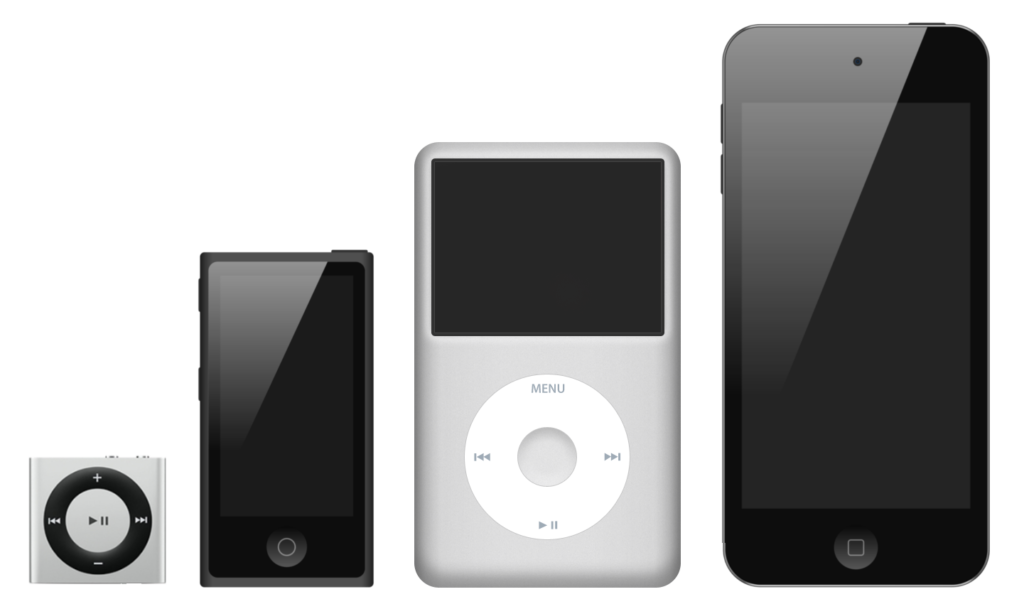
Before music lived in the cloud, Apple’s iPod transformed portable music from skipping CD players to “your entire music collection in your pocket.” The original iPod’s distinctive white earbuds became the tech equivalent of a secret handshake, signaling to fellow commuters that you were too sophisticated for CD binders and definitely had disposable income.
The iconic click wheel interface—as satisfying to use as bubble wrap is to pop—set new standards for intuitive design. Apple’s companion iTunes Store, which convinced music labels that selling individual songs for $0.99 was better than being pirated into oblivion, moved over 25 billion songs before people decided ownership was overrated and switched to streaming services. Apple officially discontinued the iPod line in 2022 after selling over 400 million units.
10. Nintendo Pictochat
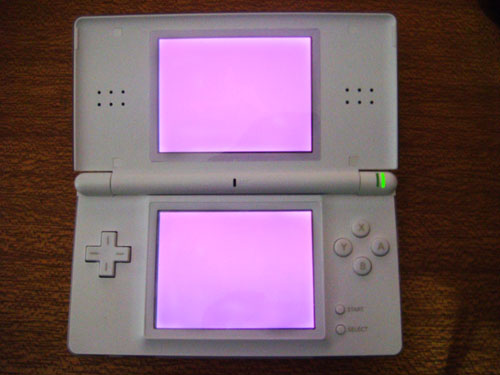
In the Paleolithic era before smartphones (circa 2004), Nintendo DS owners experienced the thrill of wireless communication through Pictochat—a revolutionary application that allowed up to 16 users within shouting distance of each other to exchange typed or hand-drawn messages without paying for text messages or having actual internet access.
This digital communication stone tool came pre-installed on every Nintendo DS handheld, creating a secret social network that operated exclusively within school cafeterias, airplane cabins, and convention halls. Despite its limited 65-foot range (approximately the distance a middle schooler can effectively gossip), Pictochat pioneered the mixing of text and drawings years before Instagram and Snapchat made doodling on digital messages mainstream.
9. LiveJournal

Before people condensed their deepest thoughts into 280 characters, LiveJournal offered the digital equivalent of a spiral notebook left intentionally visible on your desk—private enough to feel like a diary, public enough to ensure people would actually read your angst-ridden poetry about unrequited love and parental misunderstanding.
Launched in 1999, LiveJournal pioneered the concept of oversharing with strangers online, introducing features like mood indicators that allowed users to inform the world they were “contemplative” while listening to Dashboard Confessional. By the mid-2000s, the platform had evolved into specialized communities—particularly fan fiction repositories where amateur writers produced more content about fantasy universes than Stephen King could ever hope to write in several caffeine-fueled decades. After Russian media company SUP Media acquired LiveJournal in 2007, the platform gradually transformed from “global blogging community” to “primarily Russian service.”
8. Pagers

Long before cell phones caused phantom vibrations in everyone’s pockets, medical professionals, emergency responders, and incredibly important businesspeople clipped pagers to their belts like miniature electronic remoras. These small devices—which received numeric or text messages displayed on screens roughly the size of a postage stamp—reached their peak in 1994 with approximately 61 million active devices in the United States alone.
Early pagers required users to find a phone and call back the displayed number—a communication system only slightly more advanced than smoke signals but significantly more self-important looking. While consumer pagers went extinct faster than dinosaurs encountering a particularly motivated asteroid, hospitals and emergency services still use them today for their impressive battery life, ability to penetrate building structures better than cellular signals, and reliability during network congestions.
7. Microsoft Zune

The Microsoft Zune stands as perhaps the most perfect example of “right product, catastrophically wrong timing” in tech history—like showing up to a party as everyone is leaving and wondering why nobody wants to play Twister. Launched in November 2006, a full five years after the iPod had already colonized everyone’s pockets and playlists, the Zune attempted to dethrone Apple’s music player with features that were genuinely innovative but ultimately as effective as bringing a calculator to a smartphone fight.
The original Zune 30 (with its controversial brown color option that somehow managed to look exactly like it sounds) offered wireless syncing and music sharing between devices. Despite reaching only about 3% of the MP3 player market (compared to iPod’s 70%+), the Zune’s influence survived through Microsoft’s “Metro” design language, which later shaped Xbox and Windows interfaces. Microsoft officially pulled the plug in 2011, adding Zune to the company’s fascinating collection of ambitious products that arrived either too early or too late to succeed.
6. CD Binders
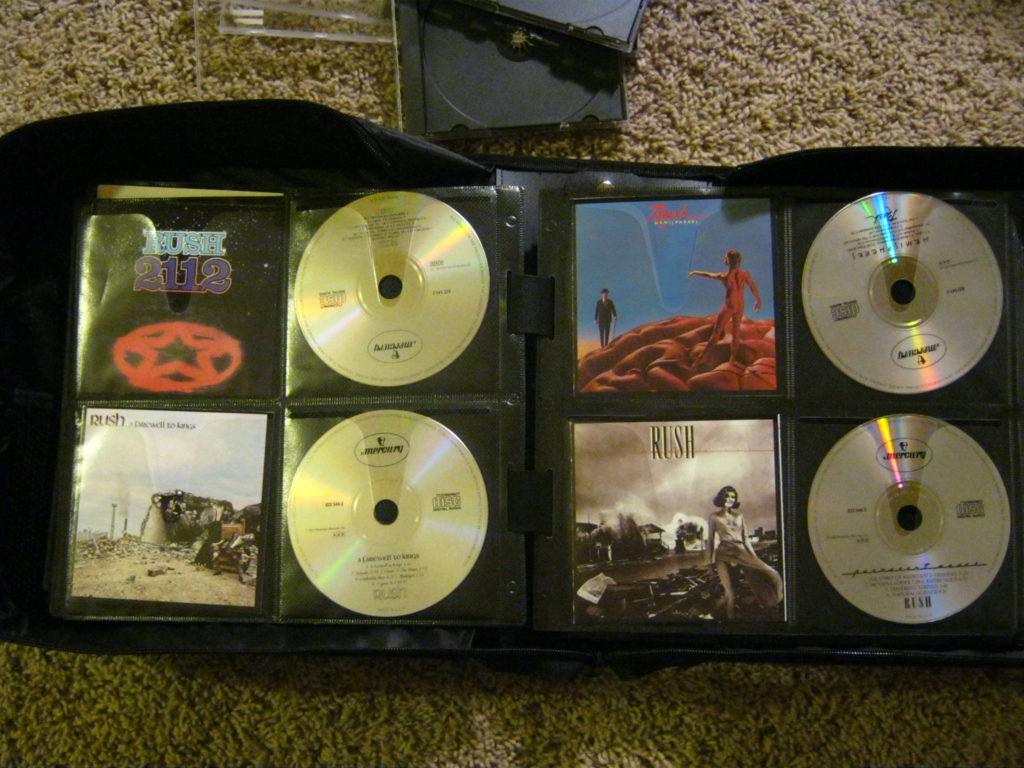
Nothing screams “I graduated high school between 1995-2010” quite like finding a dusty CD binder in your parents’ basement and discovering your meticulously curated music collection organized by genre, mood, and that special category reserved for CDs with only one good song that you’d skip to every time. These portable music libraries represented the pinnacle of music organization technology for a generation caught between physical media and digital files.
High-capacity binders could store hundreds of discs while keeping them theoretically protected from scratches (though in practice, they operated more like scratch factories with a slight delay mechanism). The decline of CD binders perfectly mirrors the transition from ownership to access models of media consumption—why carry 200 CDs when you could carry 2,000 songs on an iPod, and why carry an iPod when you could simply stream anything ever recorded?
5. Sony Ericsson
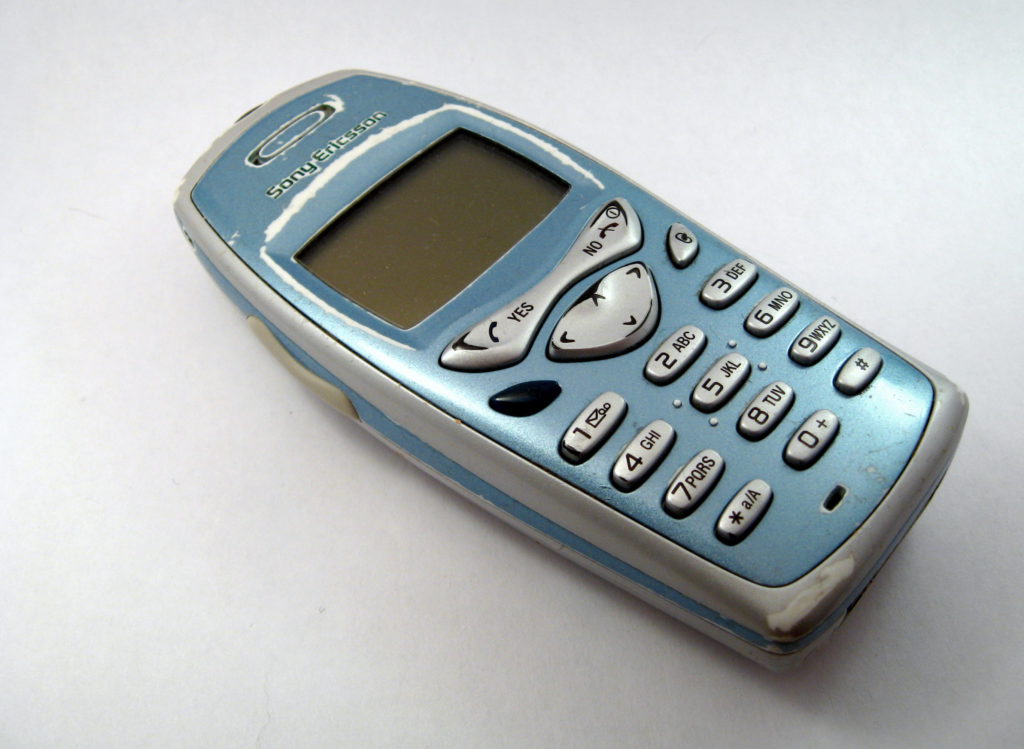
In the prehistoric smartphone era, when a “good camera” meant “slightly less terrible than the competition,” Sony Ericsson phones strutted into the market like the fashion-forward foreign exchange students of the mobile world—emphasizing style and multimedia features while everyone else was still figuring out how to make text messages work consistently.
The company produced several groundbreaking devices that now look like technological cave paintings compared to modern smartphones. The P800 from 2002 featured a touchscreen with stylus input when most people were still mastering T9 texting, while the company’s Walkman and Cyber-shot branded phones actually made mobile music and photography experiences somewhat tolerable. Sony Ericsson phones captured about 9% of the global mobile phone market at their 2007 peak. The company struggled to adapt to the post-iPhone tsunami, eventually leading Sony to buy out Ericsson’s share in 2012 for €1.05 billion.
4. Halo 2 Multiplayer Servers

Before gamers shouted obscenities at strangers over Fortnite, they shouted obscenities at strangers over Halo 2—the game that essentially created the blueprint for modern console online gaming while simultaneously teaching an entire generation creative new combinations of swear words. Launched in November 2004, Halo 2’s multiplayer revolutionized how console gamers connected online, replacing manual server browsing with automated matchmaking that paired players of similar skill levels.
The Xbox Live service attracted over 500,000 unique players in its first week—impressive numbers in an era when “gaming online” often meant hoping your parents didn’t need to use the phone while you were in the middle of a match. The game’s ranking system created both fierce competition and creative new ways to game the system—including “standby” cheating, where players would momentarily disconnect their routers to freeze opponents. Microsoft maintained the original Xbox Live servers until April 2010, an unusually long support period that feels like decades in gaming years.
3. MSN Messenger

In the ancient digital era when “being online” was still an occasional activity rather than a permanent state of existence, MSN Messenger served as the after-school digital hangout where friendships bloomed, relationships formed and crumbled, and everyone spent way too much time crafting the perfect away message combining song lyrics and passive-aggressive statements aimed at specific people who would definitely know who they were.
From its 1999 launch through the 2000s, MSN Messenger evolved from basic text communication to a multimedia platform featuring the infamous “nudge” feature—which shook the recipient’s window like an impatient digital woodpecker, perfect for annoying friends who weren’t responding quickly enough to your crucial message about homework or crush updates. By 2009, the service boasted over 330 million monthly active users. Microsoft officially pulled the plug in 2014, transitioning users to Skype after acquiring it for $8.5 billion.
2. LimeWire and Napster
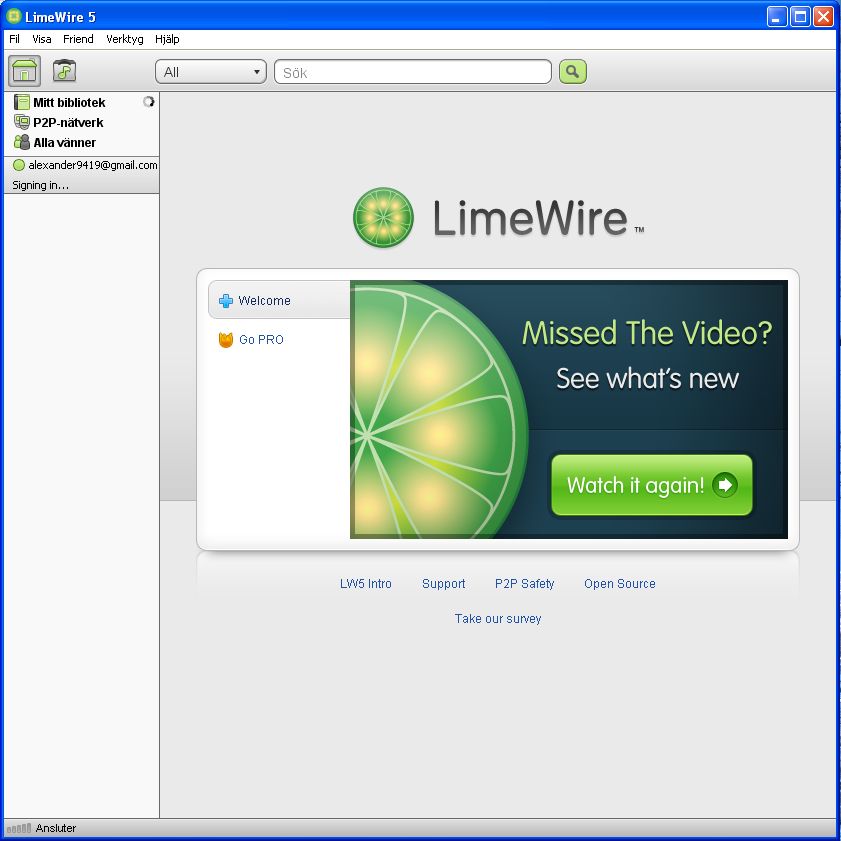
For a brief, wild period at the turn of the millennium, the music industry learned what dinosaurs felt watching that asteroid approach as peer-to-peer file sharing services Napster and LimeWire democratized music distribution in ways that record executives found approximately as charming as a root canal without anesthesia. Napster pioneered centralized peer-to-peer music sharing, introducing millions to the concept that maybe you didn’t actually need to pay $18.99 for a CD with two good songs.
At its peak, Napster boasted approximately 80 million registered users happily ignoring copyright law. After the Recording Industry Association of America unleashed legal fury worthy of a metal band’s lyrics, courts ordered Napster to shut down in 2001. LimeWire quickly filled the void with a decentralized approach that came with exciting bonus features like mislabeled files and the digital equivalent of Russian roulette—downloading what you thought was the latest Britney Spears single only to get an obscure German techno track or a virus that turned your computer into an expensive paperweight.
1. Dial-up Internet

If you’ve ever wondered what technological purgatory sounds like, it’s the distinctive electronic shriek of a dial-up modem—a digital banshee wail that announced your intention to visit the information superhighway via what felt like a dirt path during rush hour. Throughout the 1990s and early 2000s, this technological tortoise connected millions to an online world at speeds up to 56 kilobits per second, approximately 1/200th the pace of basic broadband today.
Since dial-up commandeered standard phone lines, households faced Sophie’s Choice-level dilemmas like “check email or receive phone calls”—a conflict that led to countless missed calls and the once-common household fight script: “I need to use the phone!” “I’m online!” “It’s important!” “Five more minutes!” America Online dominated this market with over 30 million subscribers at its peak, achieved through a carpet-bombing marketing strategy that placed AOL installation CDs in everything from magazines to cereal boxes. While dial-up has largely vanished from developed nations like payphones and common sense, some rural areas still depend on this technology.




























